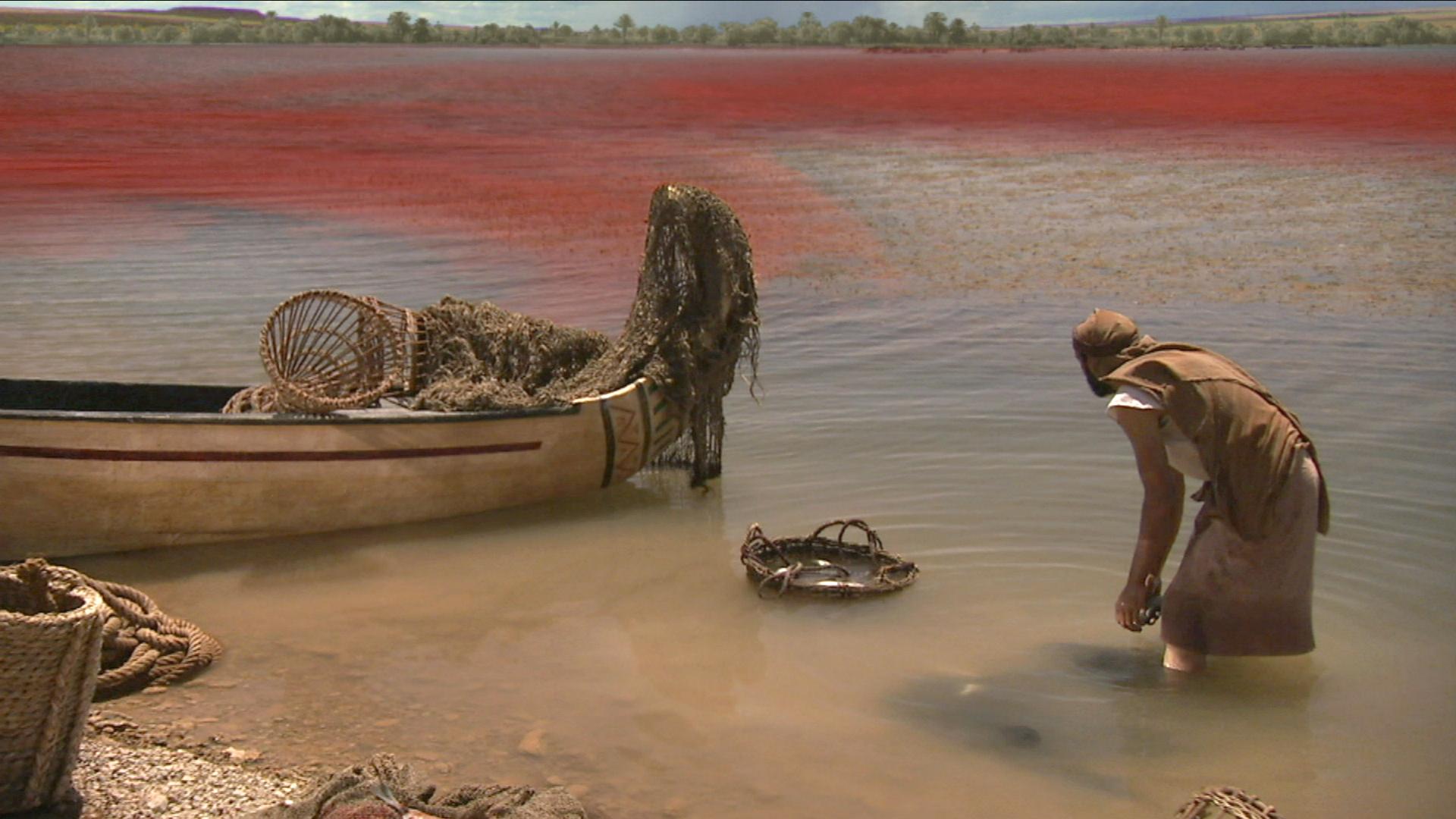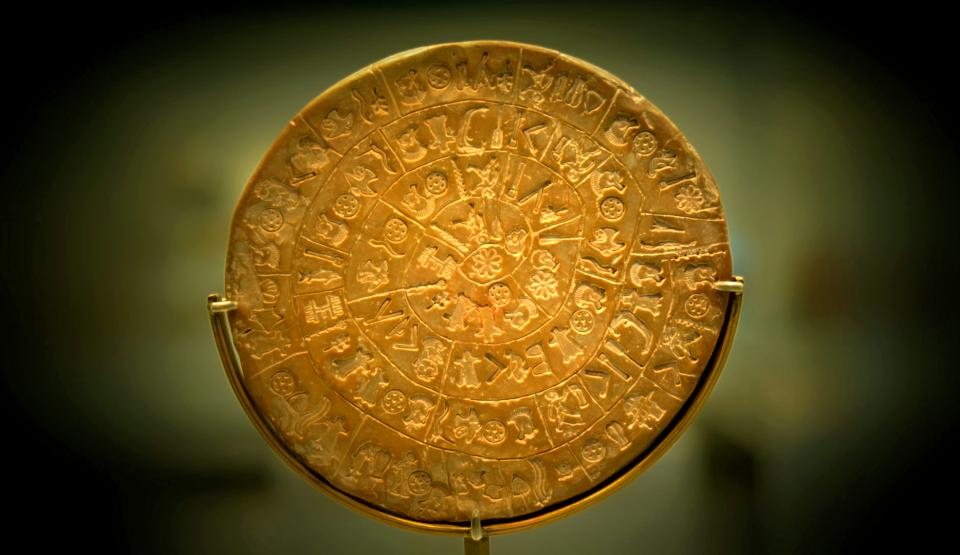
For a long time, scientists have tried to prove that nine of the Ten Plagues described in the Old Testament point to a serious breakdown of the climate, triggering an ecological chain reaction. Apart from theological considerations, scholars all over the world have studied individual phenomena, trying to explain the causes of this Biblical disaster. There is no doubt in their minds that Nature’s rage must have reached terrifying proportions. Ancient papyri testify to this horrific scenario, which shook the very foundations of Egypt’s economy and engrained itself deep in the memory of the people. The authors of the Old Testament were also familiar with the plague stories told in their neighboring country, since Canaan and the kingdom of the pharaohs had by then been in close contact over many centuries. In the Book of Exodus, these events were depicted as the “wrath of God,” forming the prelude for the actual exodus of the Israelites from Egypt to their new homeland.
Most paleoclimatologists agree these days that Ancient Egypt was afflicted by alternating wet and dry periods. Several times in the long history of this advanced civilization, sudden changes in weather patterns led to extreme droughts or floods – with devastating consequences for the land and its people. These events turned the Nile into a source of infectious diseases that at first killed fish and frogs. The humid and muggy weather attracted swarms of insects, which in turn transmitted the diseases to humans and their livestock. Atmospheric anomalies caused hailstorms that left an alley of devastation, and squadrons of locusts took care of the rest. All that was left was an arid wasteland, and the hot khamsin winds buried any hope of recovery for the live-giving Nile.
In 2003, a unique find gave new impetus to the investigation into the causes of the Biblical Plagues. About 800 kilometers (500 miles) north of Egypt, on the Cyclades island of Santorini, scientists found the charred branch of an olive tree, stuck in one of the steep pumice walls near the city of Akrotiri, a former Minoan trading place, which was destroyed more than three and a half thousand years ago by the enormous volcanic eruption. The piece of wood – approximately one meter (3⅓ feet) long – seemed to be a relict of this event. Initial analysis showed that the plant was buried alive by burning hot mineral foam, meaning that it died exactly at the time of the eruption. An elaborate process allowed paleobotanists to date the tree’s death and thus the eruption of the Santorini volcano: with 95 percent certainty, this spectacle occurred between 1620 and 1600 B.C. This conclusion caused quite a stir in scientific circles around the world, as it contradicts the previous, widely acknowledged calculation that dated the event between 1530 and 1500 B.C.
Detailed climatic graphs produced by the Institute of Environmental Physics of the University of Heidelberg, Germany, confirm this sensational result. For the new time span, a distinctive drop in temperature was diagnosed. Enormous amounts of pumice, which were proven to originate on Santorini and found in the Egyptian city of Avaris – a major trading hub for the Hyksos people – also indicate that the former kingdom of the pharaohs was affected by the volcanic eruption. The lightweight tuff swam across the sea and ended up on the northern shores of Egypt, where the locals collected it, since the material was ideal for grinding and polishing purposes. Finally, minute ash particles in brackwater lakes and the dried-up riverbeds of the Nile’s branches confirm the conclusions drawn by geologists from Århus University.
This study caught the attention of Dr. Siro Trevisanato. The Canadian biologist, working on medical papyri from the Middle and Late Bronze Age, found a number of formulations to remedy severe chemical burns and blisters. The wounds described, which had been caused by “red water,” were not supposed to be washed out with water, but treated with very effective alkaline resin mixtures developed by the ancient physicians. For a long time, science had no explanation for these strange injuries. The use of acids is an invention of the Industrial Age. In Ancient Egypt, there was not a single known cause for these types of burns. The only event that had a verifiable effect on the country was the Santorini eruption. It not only brought acid rain but also toxic substances to the Empire of the Sun. This finding led Trevisanato to the cause of the Plagues: In a scientific tour de force, the biologist tried to reconstruct the Biblical scenario and came up with startling conclusions. His theory is the only one to date that links the overall phenomenon of the Plagues to a specific historical event.












